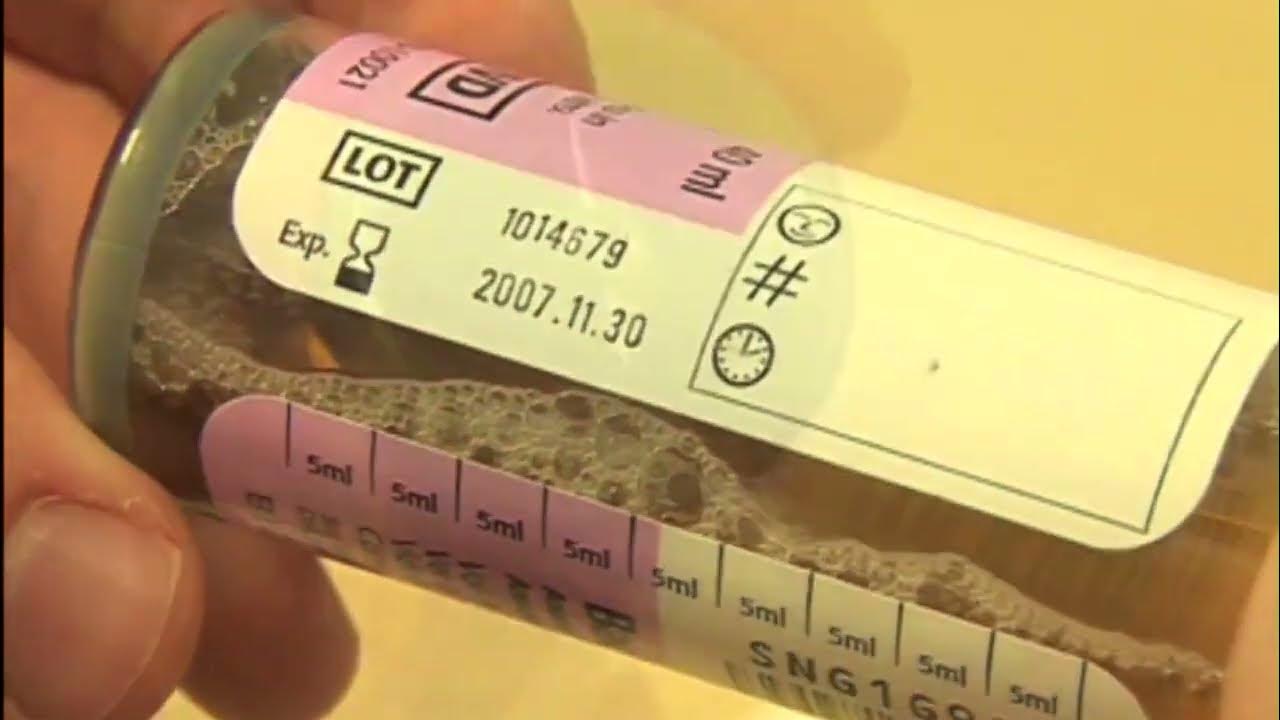Toma de muestras
Summary
TLDRThis video script provides detailed instructions on the proper procedure for collecting samples from suspected or probable influenza AH1N1 cases. It covers the necessary tools, personal protective equipment (PPE), and step-by-step guidance for safely and efficiently taking samples from patients. The process emphasizes hygiene, safety, and the importance of clear communication with the patient. Additionally, it outlines the proper storage, transportation, and laboratory handling of the sample to ensure accurate viral identification. The script also details the biosecurity protocols followed during laboratory analysis and data entry for quality control.
Takeaways
- 😀 The main objective of the procedure is to collect samples from suspected or probable cases of influenza AH1N1.
- 😀 The required equipment for sample collection includes polyester swabs, sterile tubes, viral transport medium, and personal protective equipment (PPE).
- 😀 The process emphasizes the importance of proper hand hygiene before putting on the mask and other protective gear.
- 😀 N95 respirators, long-sleeve disposable gowns, eye protection, and gloves are recommended for safety during the procedure.
- 😀 The patient must be seated comfortably with their head tilted back during the sample collection process.
- 😀 The healthcare provider should instruct the patient to open their mouth, stick out their tongue, and repeat the letter 'A' to expose the throat.
- 😀 A swab is used to collect the sample from the back of the throat, near the nasopharynx, ensuring the proper technique is followed to avoid contamination.
- 😀 The swab is rotated on the tonsils to collect cells, and the sample is placed in a viral transport vial, properly labeled with patient information.
- 😀 After the sample is collected, the healthcare worker should remove PPE carefully and dispose of it in a designated trash bin.
- 😀 The sample should be transported to the laboratory in a leak-proof container and kept at 4°C to maintain the chain of custody and avoid contamination.
Q & A
What is the primary goal of the sample collection procedure in this transcript?
-The primary goal is to collect samples from suspected or probable cases of Influenza AH1N1 for viral identification and analysis.
What materials are required for the sample collection process?
-The materials include sterile polyester swabs, viral transport medium, sterile tubes, syringes, sputum or mucus traps, and personal protective equipment such as masks, gloves, and gowns.
How should the personal protective equipment (PPE) be used before taking the sample?
-Before collecting the sample, one must wash their hands, wear a properly fitted mask, use an N95 respirator, wear disposable gowns and long sleeves, a headgear, shoe covers, eye protection, and gloves.
What should the patient do before the sample is taken?
-The patient should sit comfortably with their head tilted back, open their mouth, and repeatedly say the letter 'A' to expose the pharynx for easier sample collection.
What is the proper technique for swabbing the patient’s throat?
-The technique involves pressing the patient’s tongue down with a spatula, inserting the swab to the posterior and superior pharynx, and rotating the swab energetically to collect the maximum number of cells from the tonsils.
How should the collected sample be handled after it is taken?
-The swab with the sample should be placed in a viral transport medium vial and labeled with the patient's full name, age, and the date and time of collection.
What should be done with the used personal protective equipment (PPE) after sample collection?
-After sample collection, gloves should be disposed of in a red waste container, eye protection should be either discarded or cleaned, and the disposable gown and mask should be discarded in a red waste bin.
How should the sample be transported from the collection site to the laboratory?
-The sample should be placed in a leak-proof container, stored vertically, and transported in a secondary, hermetically sealed container with all necessary patient details clearly labeled.
What temperature should the sample be kept at during transport?
-The sample must be kept at a temperature of 4°C to maintain the cold chain, avoiding freezing of the sample.
What is the process that takes place in the laboratory after the sample arrives?
-Once the sample arrives, it is processed in a biosecure environment, where RNA is extracted from the sample, analyzed for viral presence, and the results are logged into a system. The results are then sent to health authorities.
Outlines

This section is available to paid users only. Please upgrade to access this part.
Upgrade NowMindmap

This section is available to paid users only. Please upgrade to access this part.
Upgrade NowKeywords

This section is available to paid users only. Please upgrade to access this part.
Upgrade NowHighlights

This section is available to paid users only. Please upgrade to access this part.
Upgrade NowTranscripts

This section is available to paid users only. Please upgrade to access this part.
Upgrade Now5.0 / 5 (0 votes)





